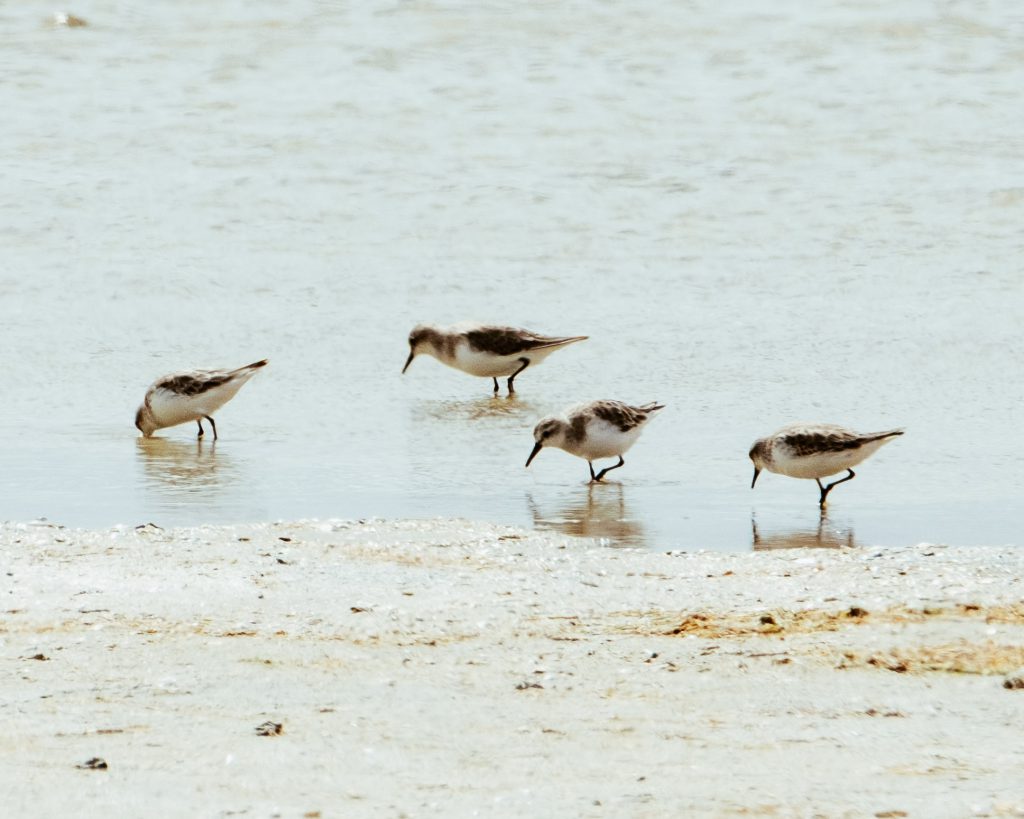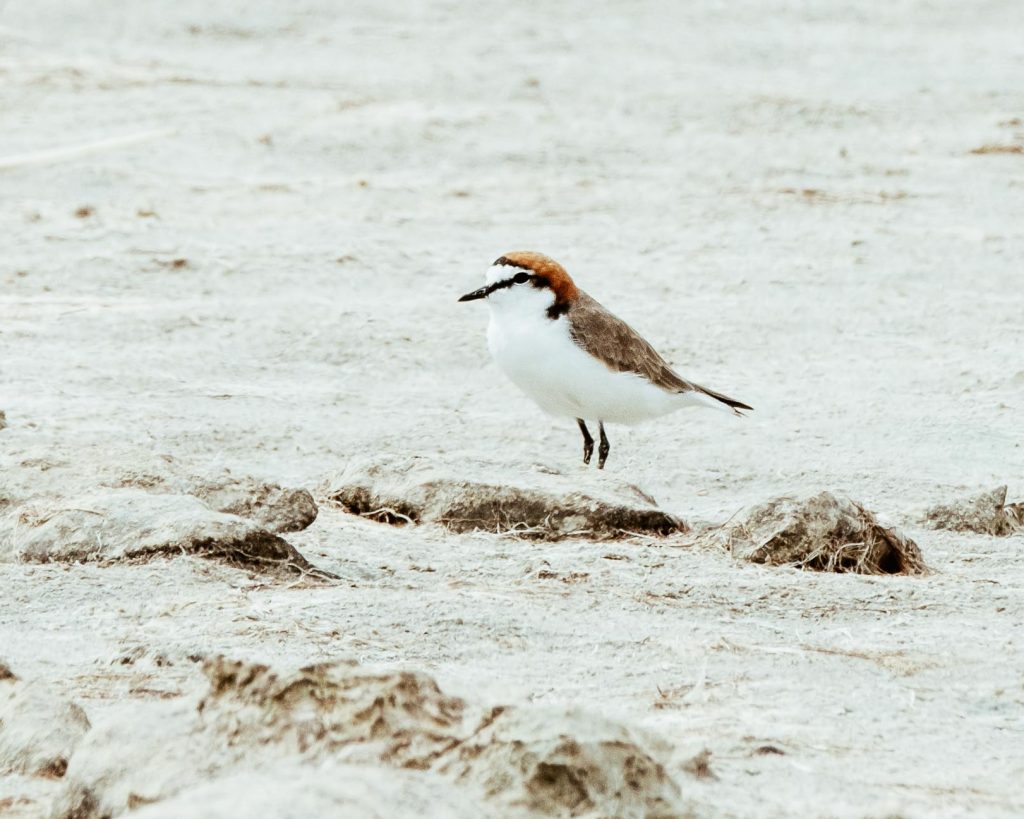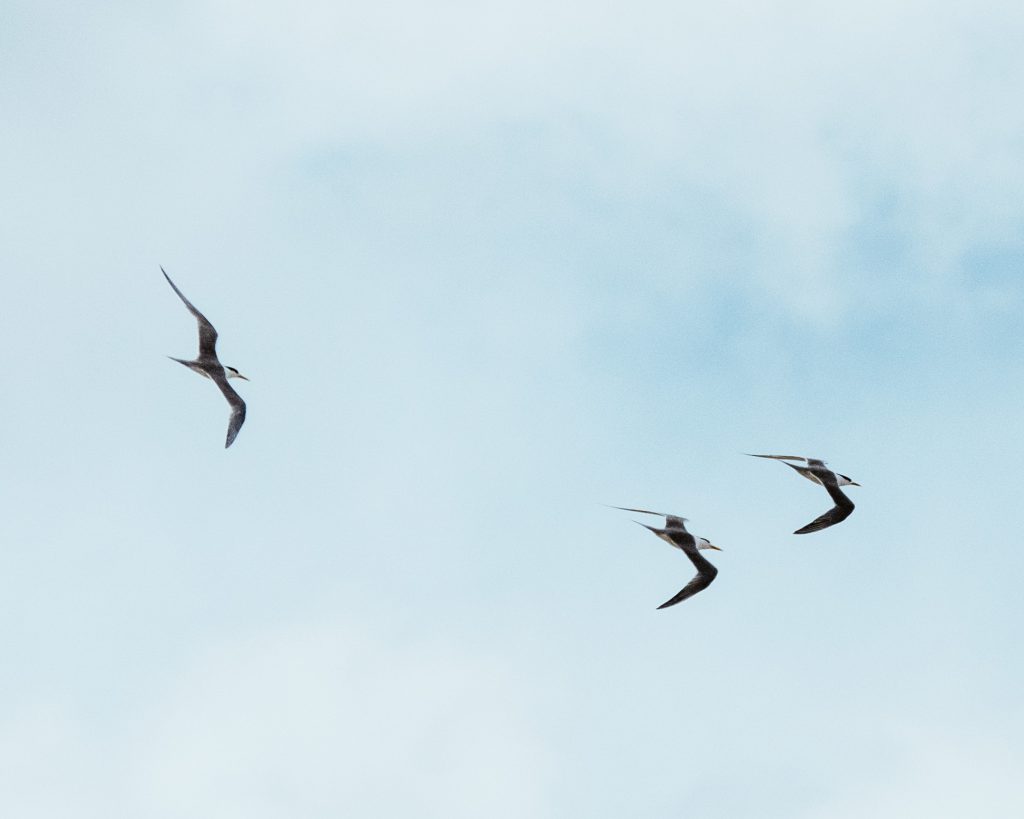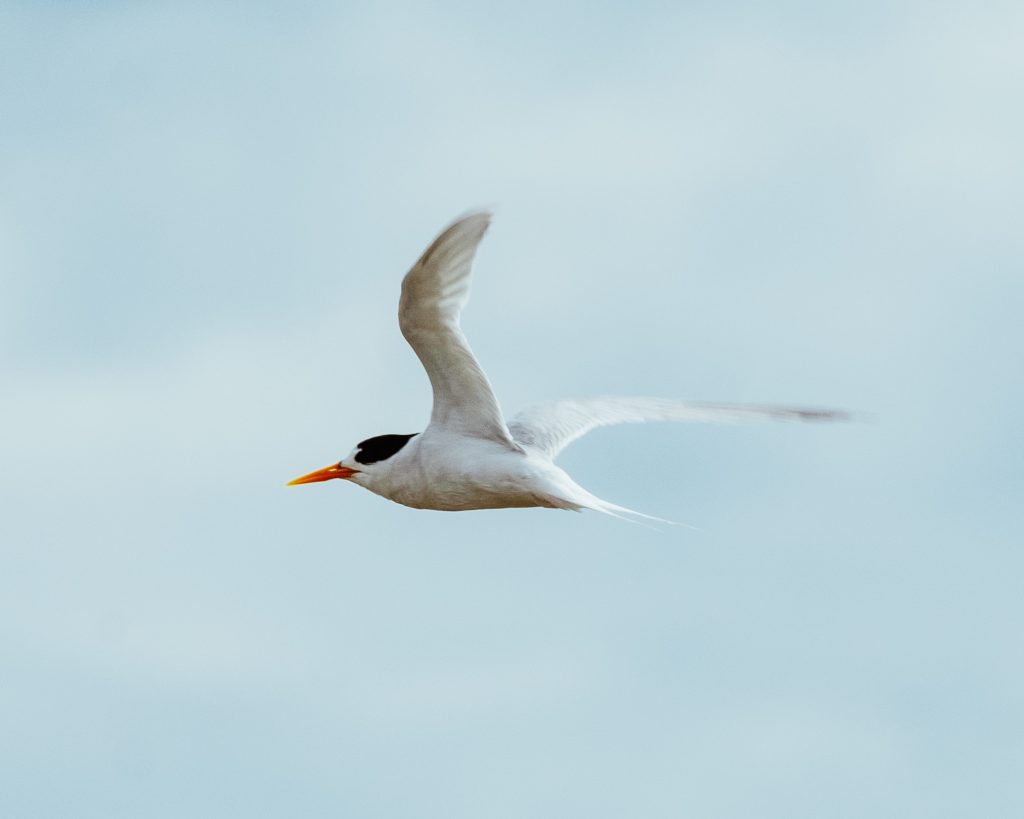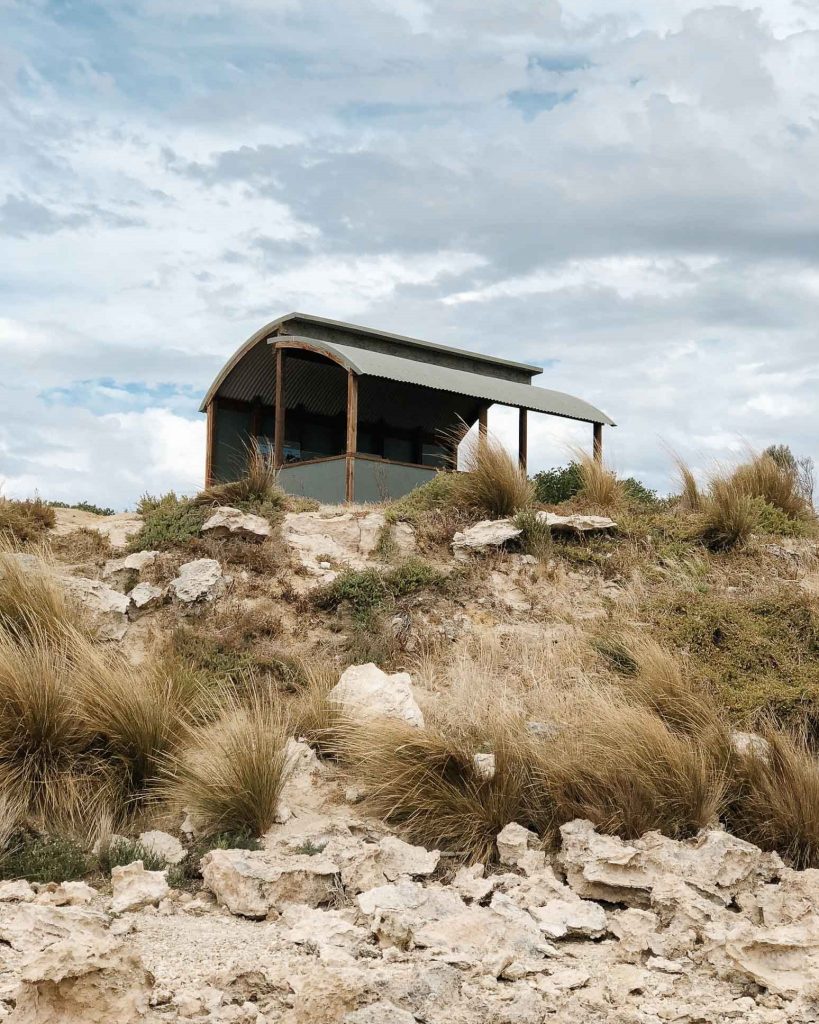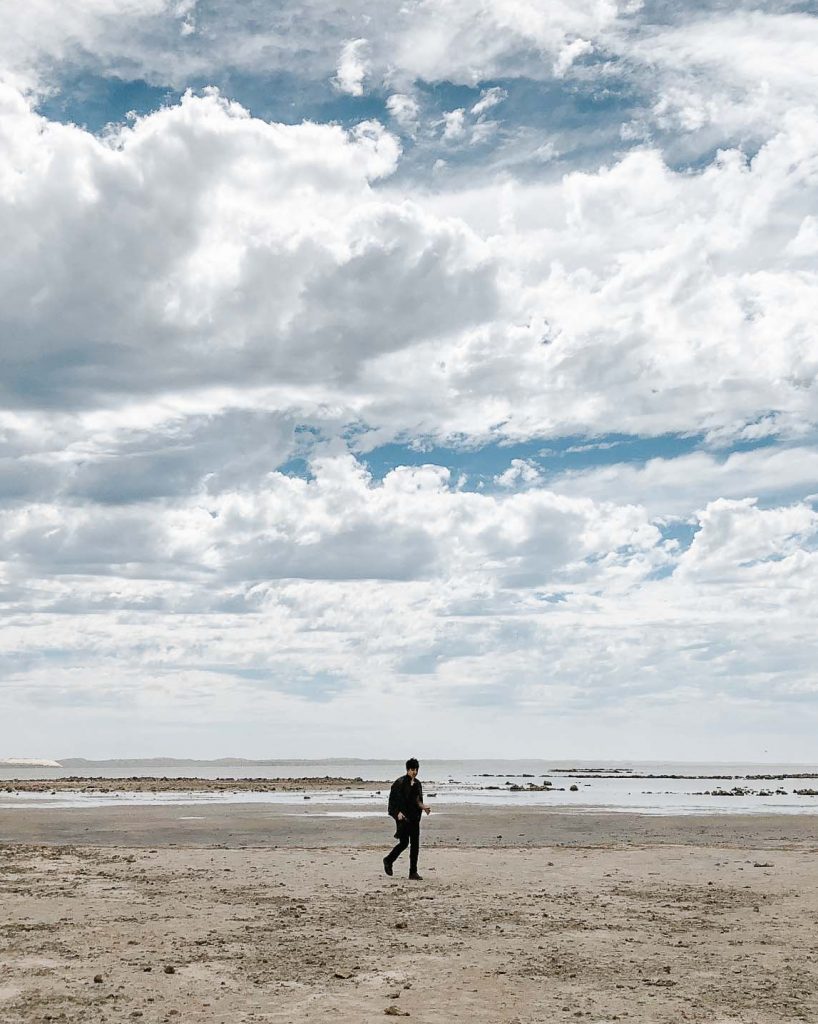Coorong National Park is famous for its wildlife, especially migrating birds.
The Coorong is where the Murray River meets the ocean, forming a unique blend of fresh riverwater, salty ocean water and groundwater. Coorong National Park is home to many species of birds and fish, and was made a sanctuary in 1966. It’s also recognised by BirdLife International as an Important Bird Area. I found a bird here that came all the way from Siberia for the summer! Don’t be fooled by the wildlife however, it’s still an extremely arid region. There are very few trees that can survive the regular droughts and it rarely rains here. When I visited in summer, parts of the lagoon had salted over because of reduced freshwater flow. The salinity level was so high in parts that I doubt even saltwater fish could survive.
We decided to visit the Coorong on the drive from Adelaide to Mt Gambier in South Australia. We stopped a few times along the way to investigate the many flocks of birds that were resting in the lagoon. We also came across evidence of plentiful nesting grounds which would probably be in use during spring.
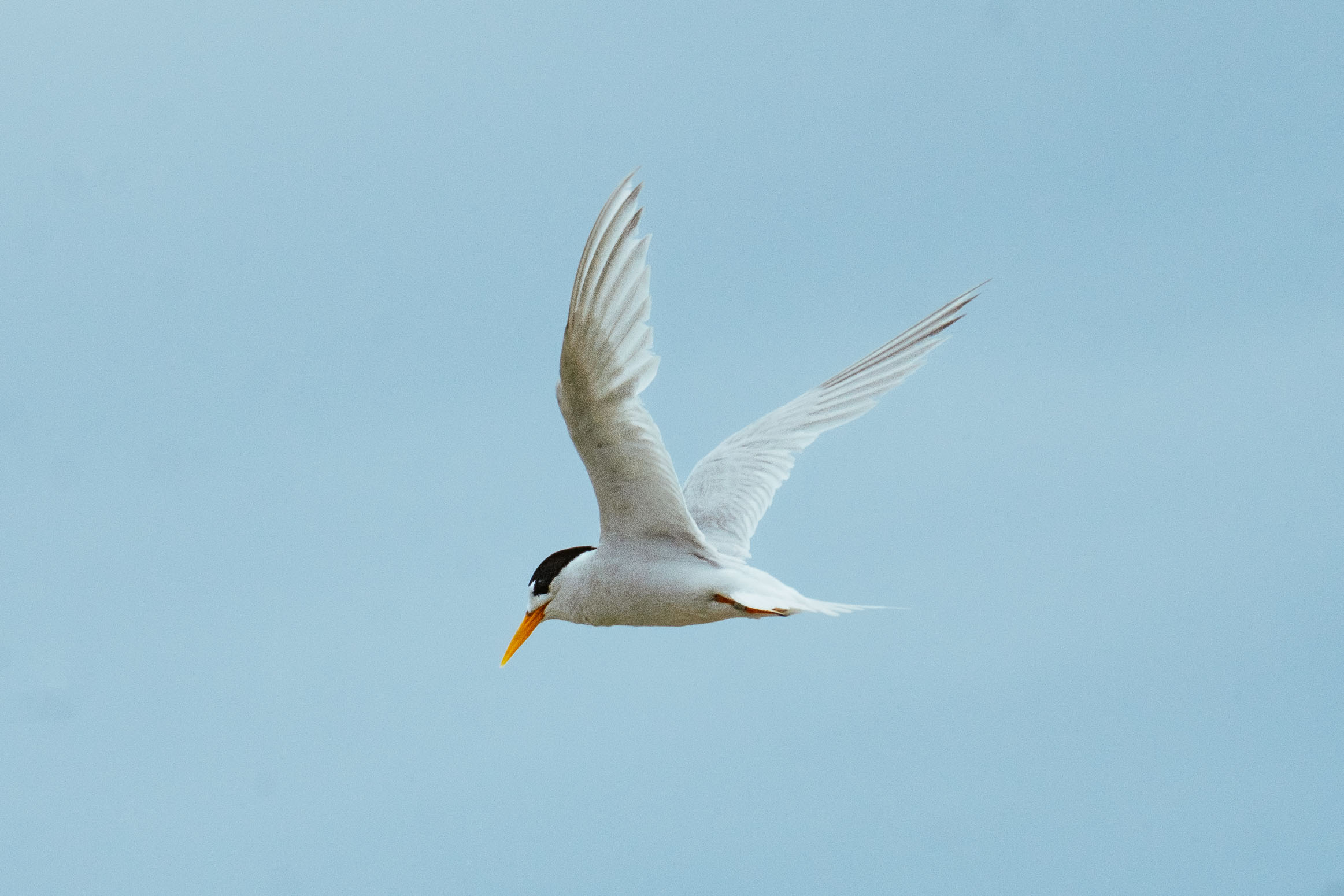
Birds in Coorong National Park
We saw two types of terns – the fairy tern and greated crested tern. I have seen fairy terns a few times before – in Nambucca there is a small breeding colony and also at Lord Howe Island. The Greater crested tern is widely spread around the coast of Australia – I have even seen them in Sydney before. I saw a red capped plover – this was also a bird found at Lake Bumbunga. Check out my post about Lake Bumbunga, a pink salt lake in South Australia.
There are over 240 bird species that have been identified in the Coorong, many of which are migratory. The saline lagoon waters suits migratory birds well and provides shelter away from the open ocean. The red necked stint is one of these migratory birds – known to travel many thousands of kilometres every year. They nest in the Siberian tundra! They come to Australia during the southern hemisphere summer (around Dec-Feb). That is an incredible feat for such a small bird. I have seen them a few times before, and whenever I do they are always plunging their faces into mud to find food.
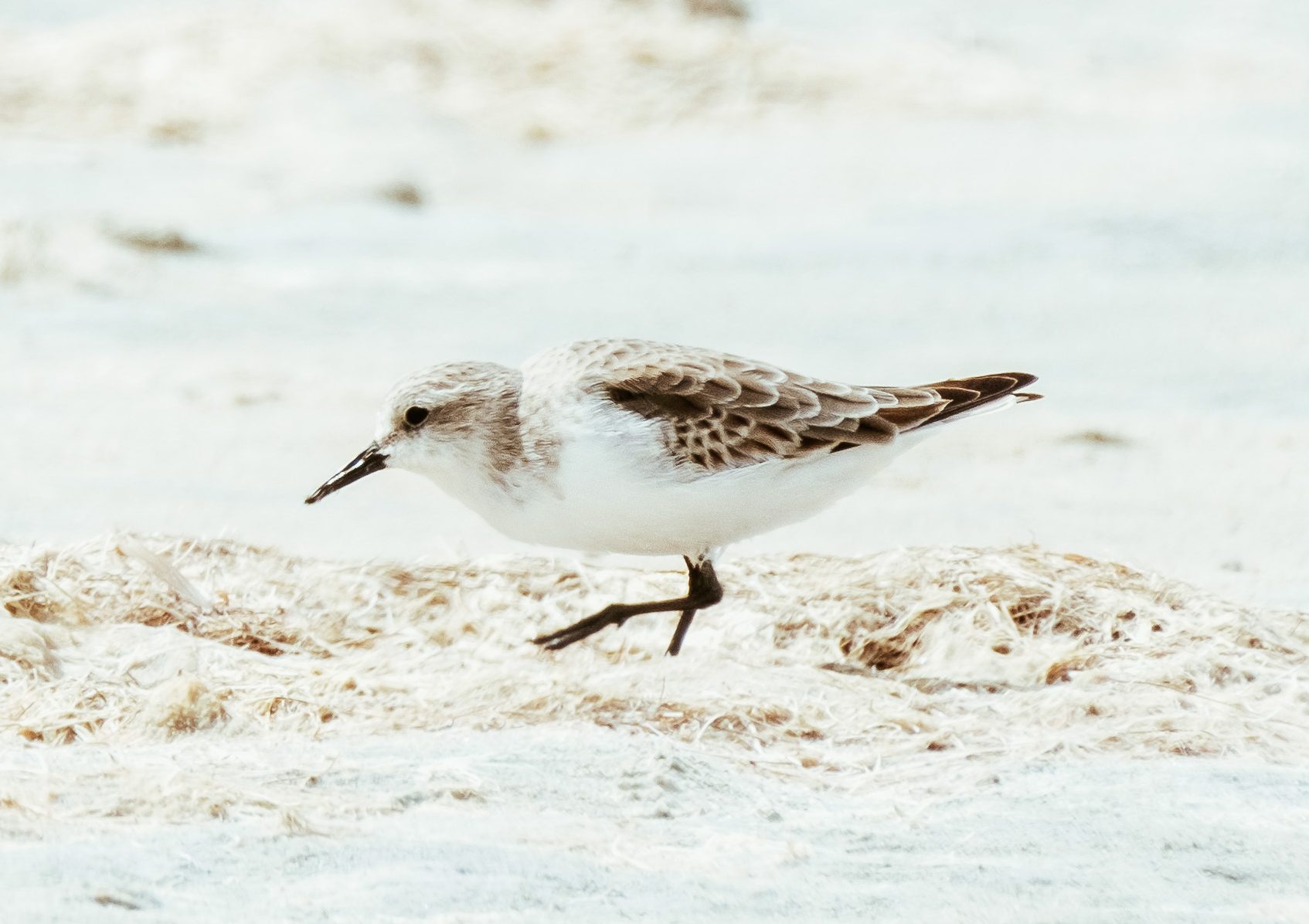
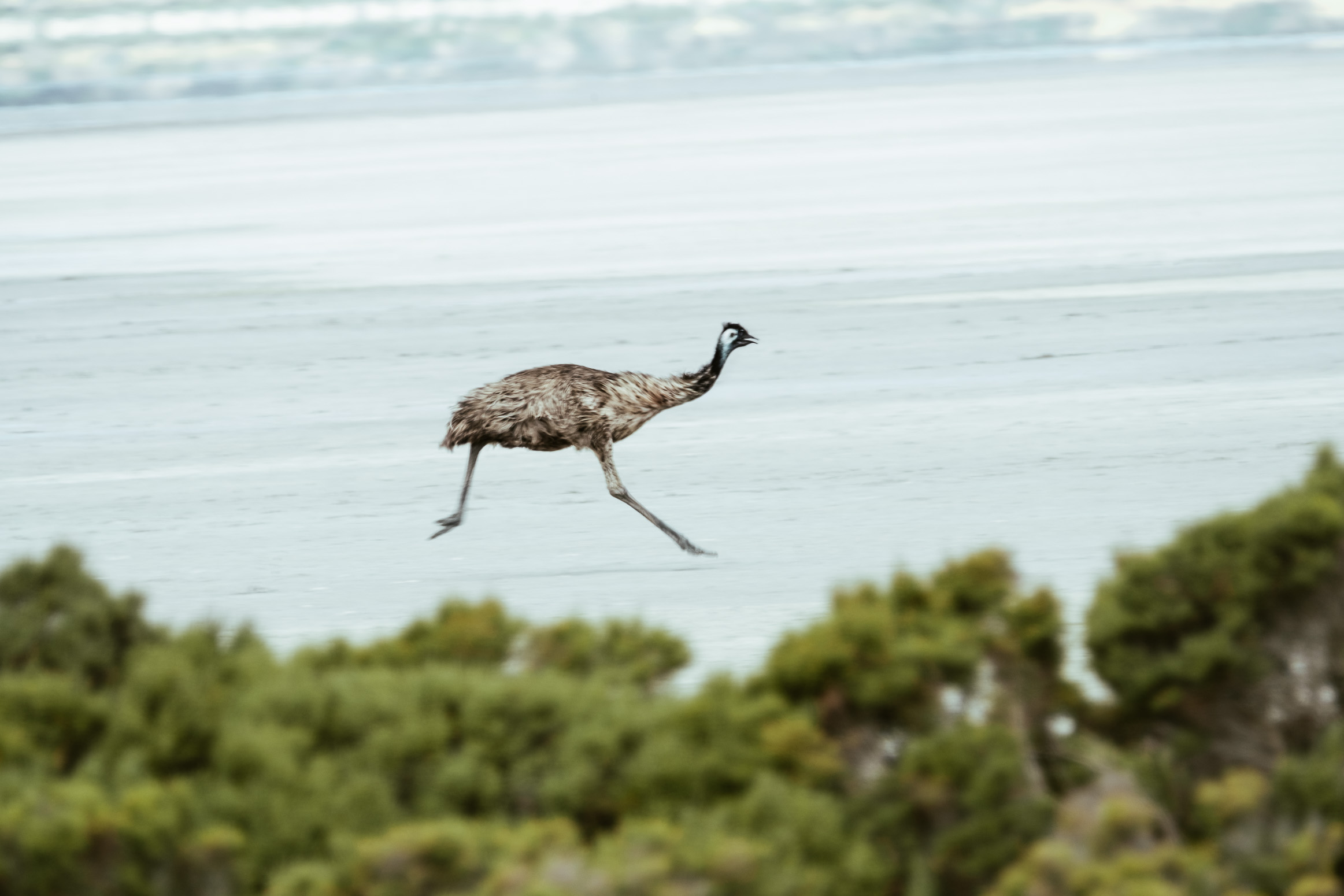
The Murray River Mouth and Coorong National Park
The location of the Murray River Mouth is actually constantly changing due to erosion and sand dunes shifting. Depending on the river flow and the ocean swell, the river mouth may silt over and divert through different parts of Coorong National Park. It runs through a coastal dune system and joins up to a series of channels like Goolwa Channel and Coorong Channel, which are water bodies lying parallel to the ocean. The Murray River itself starts in NSW, where it drains the western side of the Australian mountain range. It goes through the inland plains of the outback, bordering NSW and Victoria til it hits South Australia. It supports a huge part of Australia’s agriculture, known as the nation’s ‘foodbowl’. By the time the Murray reaches the Coorong less than 58% of its natural flow remains. It goes through the South Australian desert to eventually make it to Coorong National Park, where it mixes with salt water to form this unique environment. We actually drove along the Murray River on our trip from Sydney.
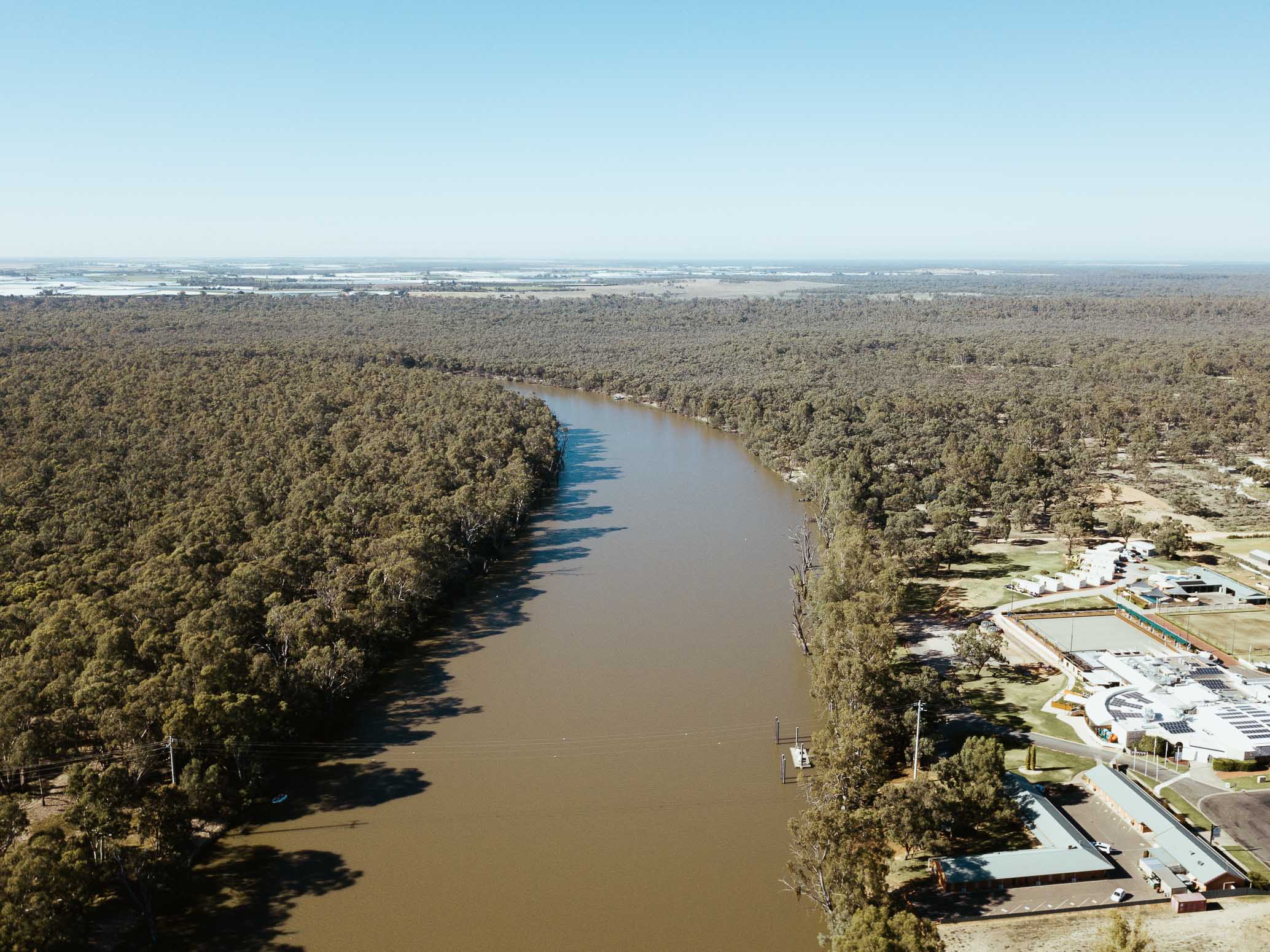
Jacks Point Observatory Deck
There are a few entrance points to Coorong National Park, one of them that we took for birdwatching was Jacks Point Observatory Deck. It has a bird hide that overlooks part of the Coorong Channel Lagoon. Here you will find a pelican breeding ground. It’s a 600m walk along a sandy track from the carpark. I glimpsed something scaly slithering around on this track. I was ready to run from a deadly snake, but it was just a friendly shingleback lizard! See location as usual at the end of this blogpost.
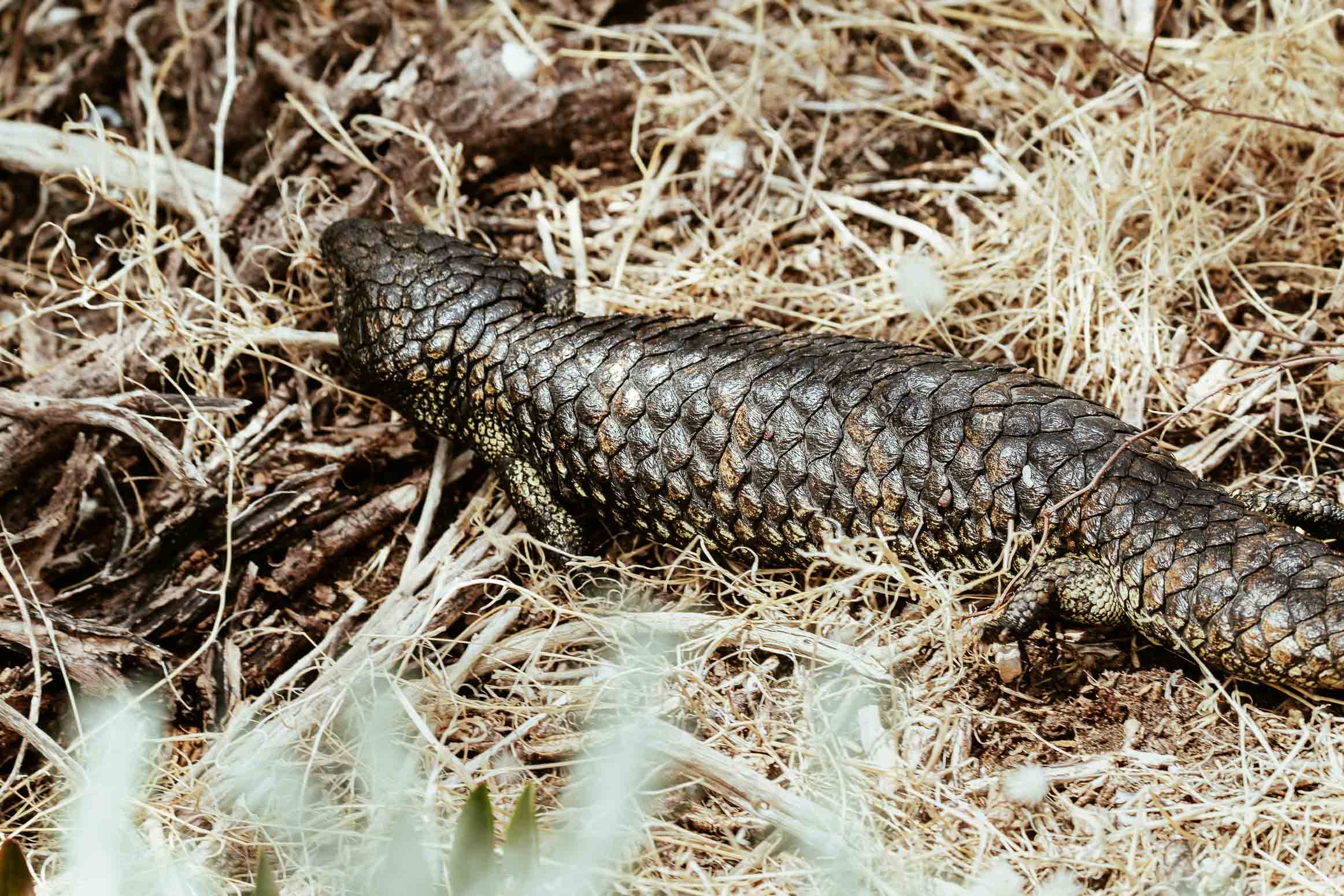
More places to Visit Near Coorong National Park
There are quite a few interesting places to see in this part of South Australia.
Check out my blogpost about things to do in Robe, South Australia.
Check out my blogpost about the giant lobster in Kingston SE, South Australia.
Check out one of my favourite locations for landscape photography in South Australia here.
To see another place great for birding, check out my post about birding in Govetts Leap, Blue Mountains.
Location of Jacks Point Observatory Deck
Location of the Murray River Mouth in Coorong National Park
About me
Hi there! I’m Noah and you’ve found my travel blog. I love roadtrips, photography and nature. Follow @zeebachi on instagram to keep up with my latest travels!
